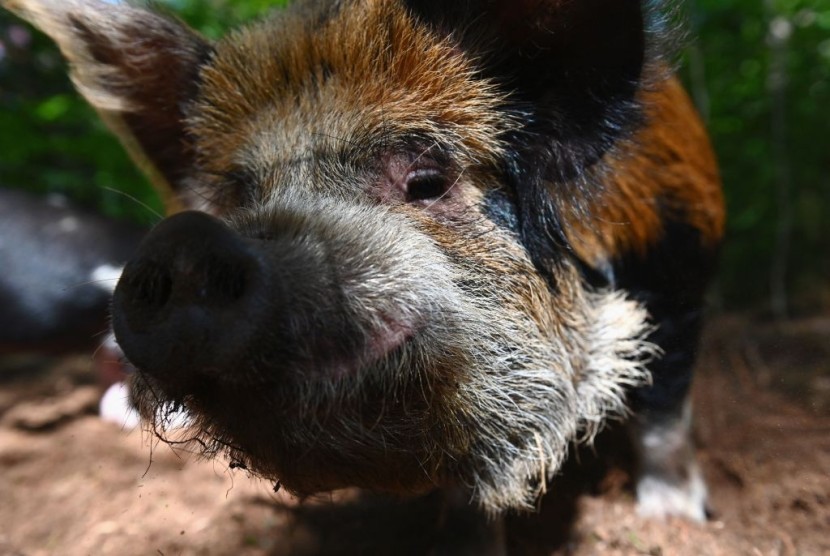University of Florida wildlife ecology professor Marcus Lashley wrote a piece on The Conversation regarding the threat of Canadian "super pigs," wild boars that were larger in size and environmental impact than their US counterparts, and why they could invade from the north.
The existence of wild pigs across North America could be traced back by centuries, but their populations rapidly expanded over the past several decades, Lashley said.
New estimates indicate #wildpigs are causing 2.5 billion in US agricultural damages each year...
— UF DEER Lab (@UFDEERLab) December 13, 2023
👇👇👇https://t.co/C55epogJQm pic.twitter.com/622gYrGGVq
"Recent studies estimate that since the 1980s the wild pig population in the United States has nearly tripled and expanded from 18 to 35 states," he said. "More recently, they have spread rapidly across Canada, and these populations are threatening to invade the U.S. from the north."
Lashley added that the wild pigs of Canada were "unique" due it being cross-bred by humans to be larger and more cold-hardy than their feral cousins to the south, giving them the name "super pigs" for their size and hardiness.
He has been studying the southward movement of the Canadian super pigs in order to monitor and focus on how to prevent their massive invasion.
"Early detection and rapid response is of utmost importance in eradicating an invasive species, because invasions are more manageable when populations are small and geographically restricted," he added.

Preventing Economic and Environmental Damage by Super Pigs
Much concern over the spread of wild pigs mainly focused on economic damage in the US, which was recently estimated at about $2.5 billion every year.
The damage was correspondent to the fact that pigs are omnivores, meaning that they could eat almost anything to survive.
"More scientifically, wild pigs are called extreme generalist foragers, which means they can survive on many different foods," Lashley explained, adding that plants - particularly crops, fruits, and wild plants - represented 90% of their diet.
The remaining 10% of a wild pig's diet includes small animals, fungi, and invertebrates, and indirectly, mammals, birds, and reptiles.
Such a wide range of food choices also meant that feral pigs were also susceptible to carrying and spreading disease everywhere they went, and Lashley indicated that there was little ecological research regarding the prospect of spreading diseases across North America.
"Interestingly, in their native range in Europe and Asia, pigs do not cause as much ecological damage," he said. "In fact, some studies indicate that they may modify habitat in important ways for species that have evolved with them, such as frogs and salamanders."
While efforts to control wild pigs were underway in the US, Lashley concluded, incursions by Canadian super pigs would complicate the job.
© 2025 HNGN, All rights reserved. Do not reproduce without permission.








